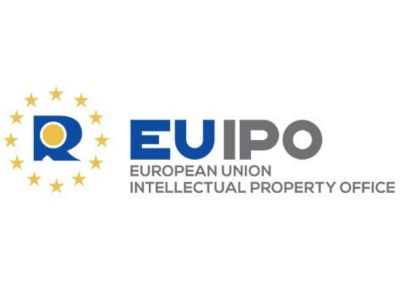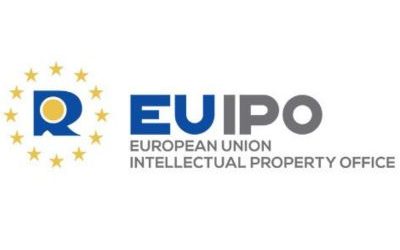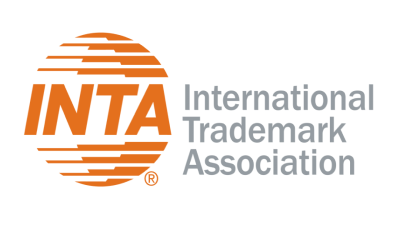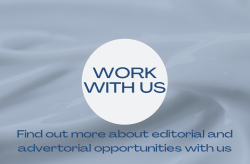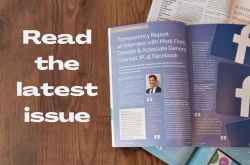- Organized crime groups take advantage of worldwide demand for low-priced goods, misleading consumers into purchasing fake goods
- Approximately 86 million fake items were seized in the EU in 2022, with an estimated value exceeding €2 billion
- Counterfeit goods represent an estimated 5.8% of EU trade, with video games, board games, packaging materials, toys, cigarettes, and recorded CDs and DVDs being the most commonly seized products
- Sophisticated criminal operations use legal entities and loopholes – such as producing fake goods outside the EU and adding logos, tags, and packaging in the EU – to reach consumers with their goods
- Over 1,400 investigations into IP crime were opened in 2023 through the European Multidisciplinary Platform Against Criminal Threats (EMPACT).
As consumers prepare for year-end festivities, many are looking for great deals. However, a report from Europol and the European Union Intellectual Property Office (EUIPO) warns that scammers and organized crime networks use legal entities and loopholes to avoid detection by authorities and profit from consumers’ appetite for good deals with fake products.
The new report underlines the extensive impact of intellectual property (IP) crime driven by counterfeit goods and pirated content. The report, ‘Uncovering the Ecosystem of Intellectual Property Crime: A Focus on Enablers’, sheds light on the sophisticated methods employed by scammers and organized crime groups to commit IP crime and exploit consumer behaviors, leading to broader societal harm.
According to the report, approximately 86 million fake items were seized in the EU in 2022 alone, with an estimated value exceeding €2 billion. The study emphasizes that while consumers are drawn to low-priced goods, their decisions inadvertently support a range of other serious crimes, including cybercrime, money laundering, and even environmental crime.
João Negrão, Executive Director of the EUIPO, stresses the importance of consumer awareness: “When consumers opt for counterfeit products or are misled into buying fakes, they are not only receiving substandard goods but are also contributing to a shadow economy that undermines legitimate businesses and fuels other criminal activities. It’s essential to understand the real cost of counterfeit goods – a cost that extends beyond the price tag and impacts our society’s well-being.”
Consumers’ health and safety are jeopardized as sub-standard or falsified pharmaceuticals emerge from clandestine, hazardous laboratories, exposing workers and the public to harmful substances. Moreover, the digital domain has become a battleground, with cybercriminals crafting sophisticated fake web shops that not only sell counterfeit goods but also harvest consumers’ sensitive payment information, further entangling IP crime with cybercrime.
Catherine De Bolle, Executive Director of Europol, adds: “Organised crime groups are continuously innovating to exploit consumer demand for counterfeit and pirated goods. They are not only selling fake products but are also stealing personal data and exposing consumers to dangerous products. It’s a double-edged sword where consumers are victims and, unknowingly, enablers of these criminal networks.”
Overall, the report highlights the increasing sophistication of IP criminals. Organized crime outlets stretch beyond borders, engaging in the import, export, and production of counterfeit goods, the majority of which are produced in China, including Hong Kong, and Türkiye.
The players in these operations are no amateurs, according to the report, availing of legal structures at all stages of IP crime and selecting jurisdictions where it’s difficult for EU law enforcement to shut them down or where penalties are low. In many cases, fake goods are produced outside of the EU and then finalized with tags, fake logos, and packaging at sites in Europe.
Examples of IP crime
Social media and online commerce in changing consumer behaviors fuel new ways for counterfeiters and pirates to reach a vast audience. In one case, trusted diet and nutrition influencers in Romania promoted illegal pharmaceuticals and anabolic steroids to their followers, deceiving consumers and exposing them to potential health and safety risks. The operation led to the dismantling of a clandestine laboratory with more than one million pills at the production site.
Pirated content through illicit streaming services is another avenue for scammers to profit from consumers, according to the report. In one example, the Irish authorities brought down a platform with illegal sports content, movies, and television channels, seizing criminal proceeds of €750,000.
Food and drinks in high demand have also been prime targets for counterfeiters. A 2023 operation across Spain and Italy led to 11 arrests and the seizure of over 260,000 liters of olive oil unfit for consumption.
About the report
‘Uncovering the ecosystem of intellectual property crime: A focus on enablers’ highlights the work of law enforcement agencies, Europol, and the EUIPO to untangle the dark network of IP crime, thanks to the European Multidisciplinary Platform Against Criminal Threats (EMPACT) program and its recognition of IP crime as a contributor to organized crime. EMPACT is a security initiative driven by EU Member States to identify, prioritize, and address threats posed by organized and serious international crime. This joint EUIPO-Europol report release will also be a focus of the IP crime conference organized in Madrid on 23 October 2024 by the EUIPO, Europol, and the Spanish Guardia Civil.
Compared to 2022, the EMPACT actions in 2023 showed a considerable increase. In one year, the number of investigations into IP crime surged from 51 to 1406, arrests went from 115 to 1,096, and seized assets more than quadrupled from €42 million in 2022 to €205 million in 2023. The amplification and diversification of these actions is the result of EMPACT’s structured cooperation in IP crime.
A cohesive response from law enforcement, legislators, stakeholders, and the public is needed to mitigate the impact of IP crime, according to the report. It underscores the need for continued education and awareness campaigns to inform consumers about the risks associated with counterfeit purchases and the importance of making informed decisions.
Consumers are urged to remain vigilant and to recognize that their purchasing choices have the power to either fuel or fight against the global issue of IP crime.
For more information on the report and to learn how to identify counterfeit goods, please visit the EUIPO website.
You may also like…
EUIPO and UANIPIO welcome the integration of Ukraine’s trademarks into TMview
The European Union Intellectual Property Office (EUIPO) and the Ukrainian National Office for Intellectual Property...
Jägermeister succeeds in opposing the EU trademark application Alten Kräuterfrau for alcoholic beverages
Mast-Jägermeister SE filed an opposition on the grounds of Article 8(1)(b) – likelihood of confusion between the signs...
INTA’s Brand & New podcast wins prestigious w3 Award for “Inside the Dupe Revolution” series
New York, New York—October 14, 2025—The International Trademark Association (INTA) is proud to announce that its...
Contact us to write for out Newsletter


